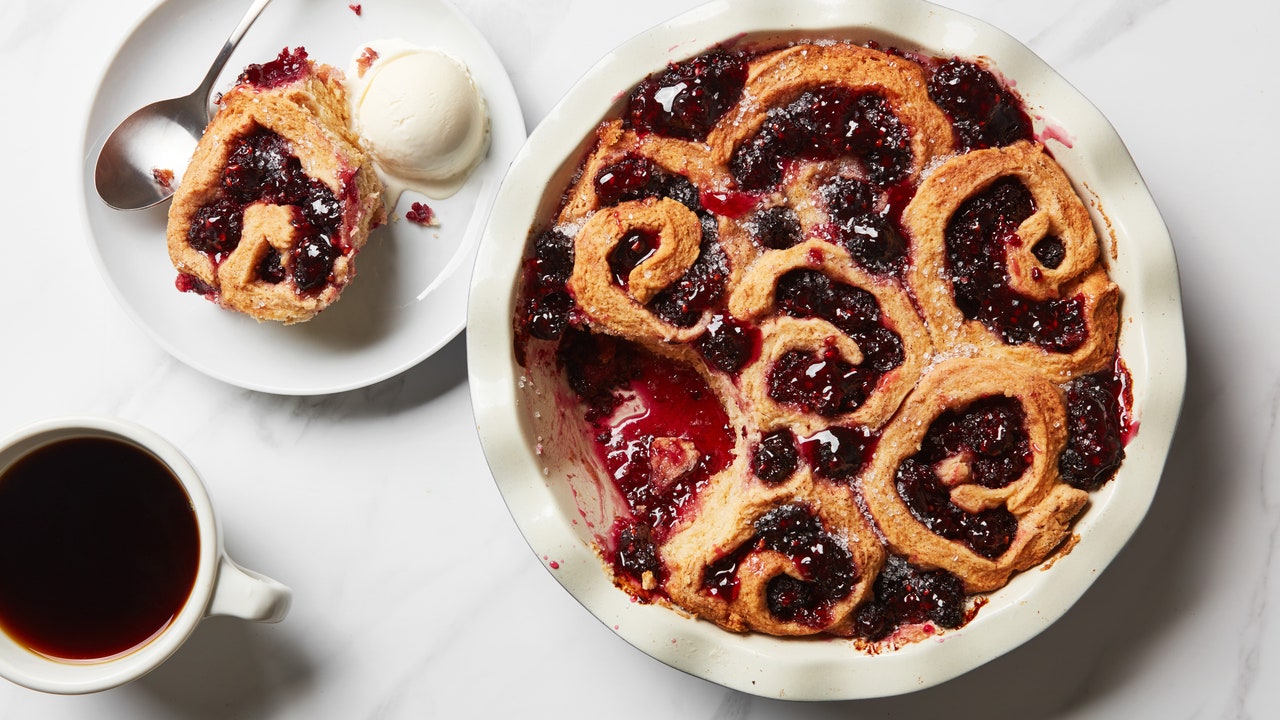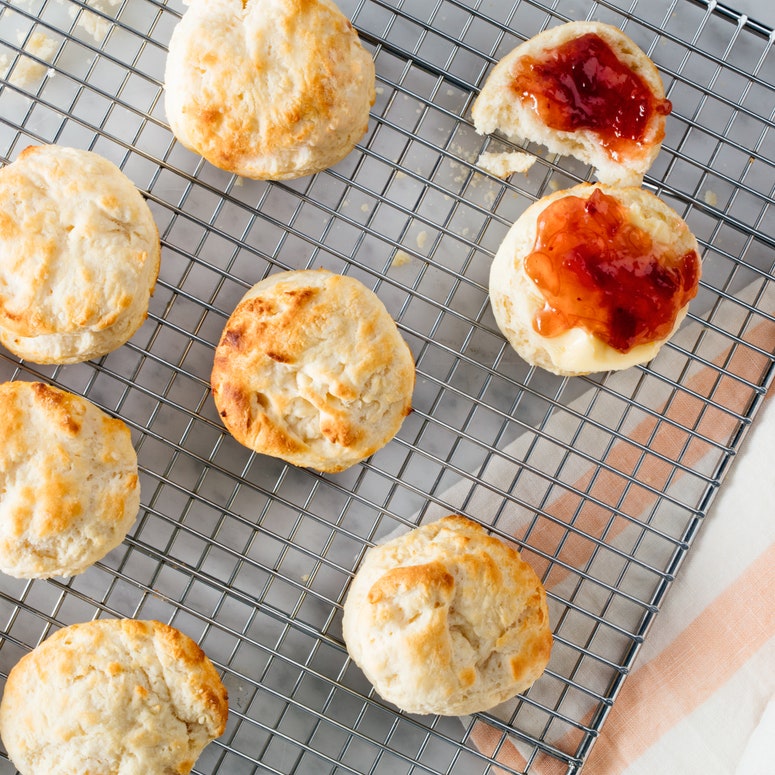How to Make Self-Rising Flour
My mom always has a variety of flours on hand, including self-rising and all-purpose flours. She even has a special blend just for cookies! While she's always prepared, my kitchen space is more limited. For recipes that call for self-rising flour, like this 3-Ingredient Buttermilk Biscuit recipe, I make my own DIY batch. It's quick and easy if you have a basic baking arsenal. But before we dive into making your own self-rising flour, let's go over the basics.
What is self-rising flour?
Self-rising flour is a simple mix of all-purpose flour, baking powder, and salt. However, it's important to pay attention to the recipe you're using. You might come across the term "self-raising flour" in British cookbooks, which typically does not contain salt but has more baking powder. We've included instructions for both types of flour below.
You may also encounter recipes that require "self-rising cake flour." In that case, it's best to start with plain cake flour instead of all-purpose flour. If needed, you can create a cake flour substitute by mixing all-purpose flour with a bit of cornstarch.
Can I use baking soda instead?
Yes and no. If you decide to use baking soda instead of baking powder, you'll need to add cream of tartar and cornstarch to make it work. Make sure to read more about the differences between the two products in our guide to homemade baking powder.
Other tips:
When making any self-rising flour recipe, be sure to whisk the dry mix thoroughly for at least 30 seconds to ensure even distribution of the leavening agent and salt. Store any extra flour in an airtight container.
How to make self-rising flour:
For every cup of self-rising flour required in your recipe, measure out 1 level cup of all-purpose flour (125 grams), add 1½ tsp. baking powder (6 grams), and ¼ tsp. kosher salt (1 gram). Whisk to combine.
How to use self-rising flour:
Self-rising flour is commonly used in biscuits, scones, pancakes, quick breads, doughnuts, cakes, cookies, and as a breading for fried chicken. It's not suitable for yeast bread recipes or pie crusts. Make sure to adjust additional salt or leavening in recipes that call for all-purpose flour.
How to store self-rising flour:
Baking expert Roxana Jullapat suggests storing flour in the fridge or freezer, but white flour can also be kept at room temperature for several months. Check the expiration date on your baking powder before mixing. Mark the outside of your flour container with the use-by date for reference.

